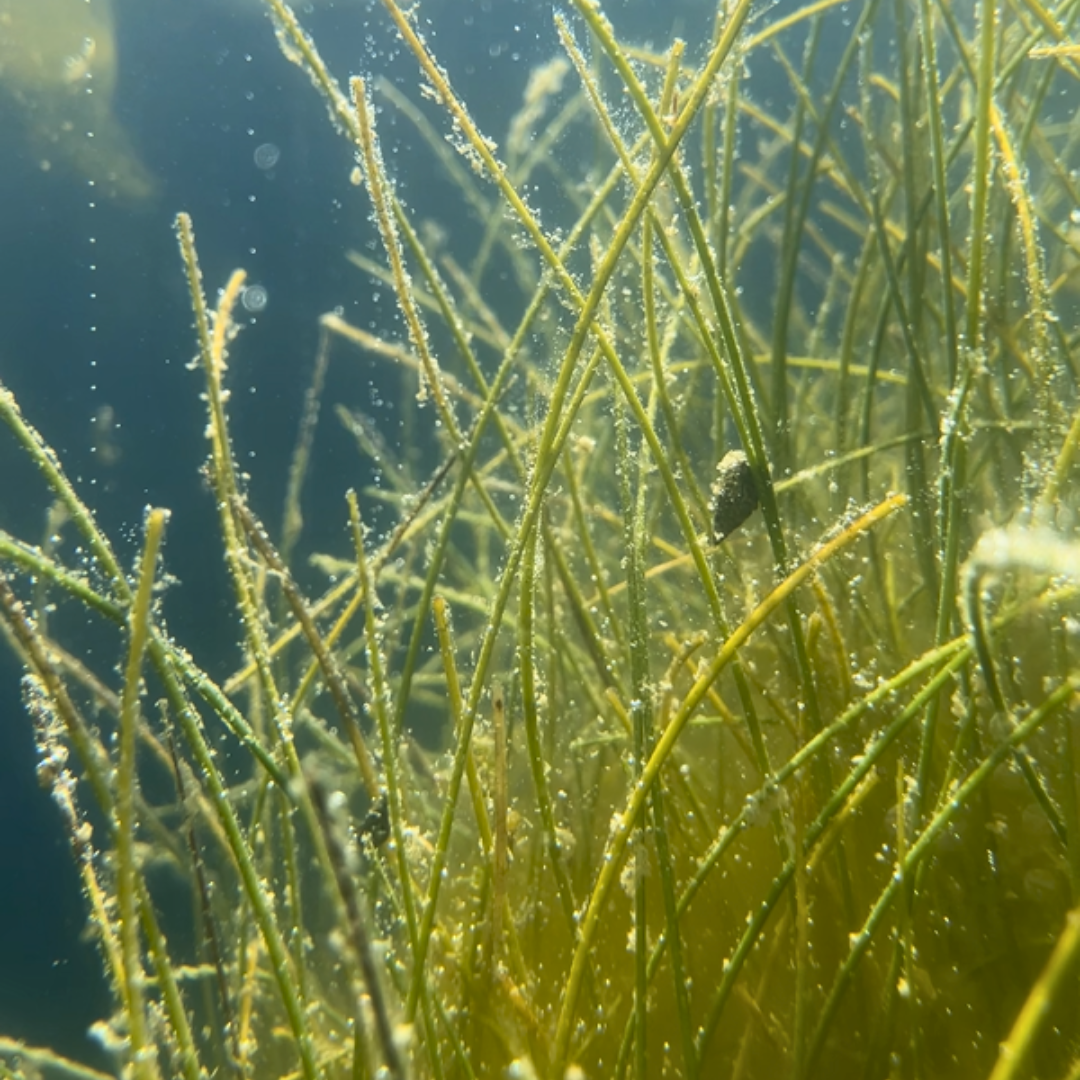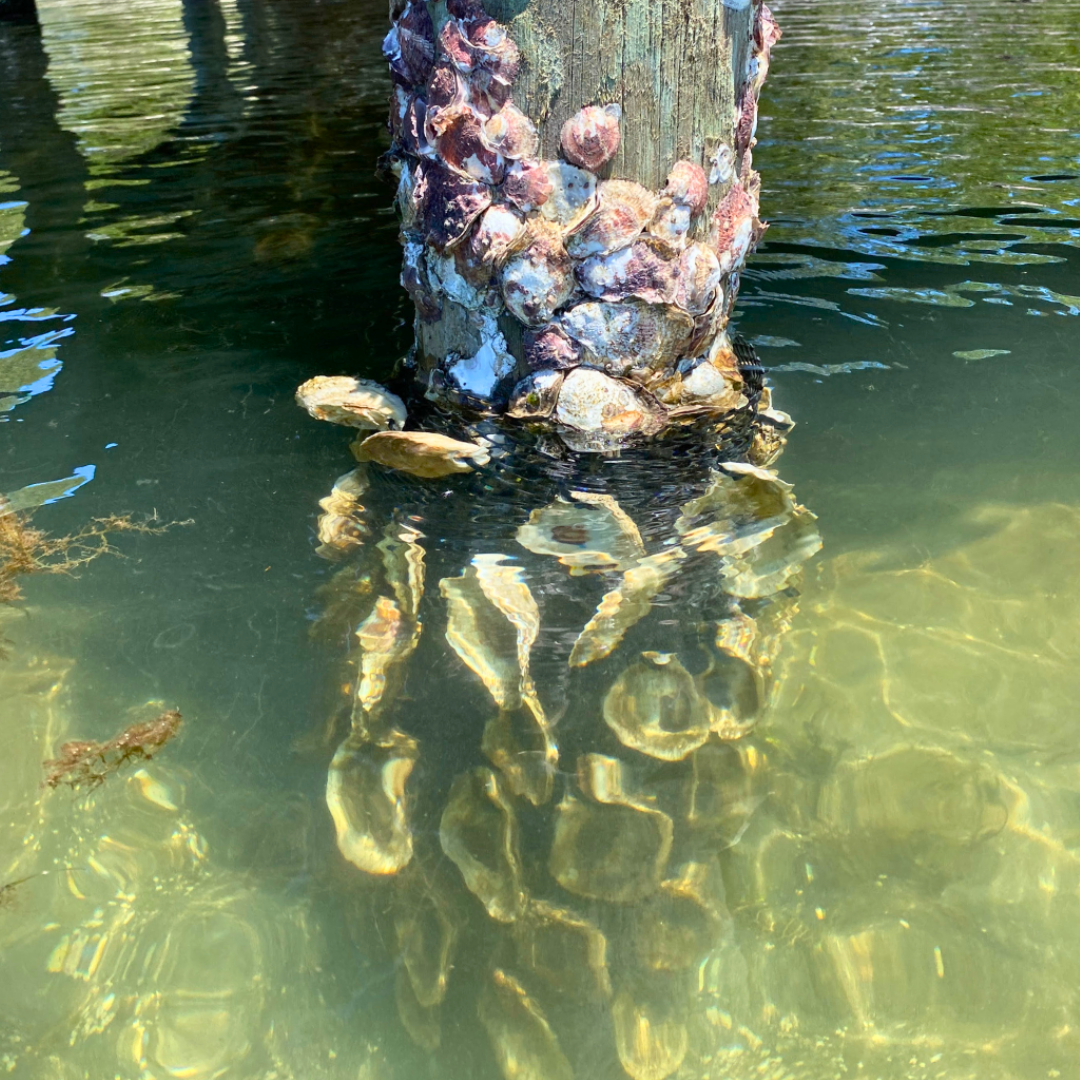The Indian River Lagoon (IRL) is one of the most biodiverse estuaries in North America, but it's facing significant challenges. Declining oyster populations, seagrass loss, and habitat degradation are threatening the health of this critical ecosystem. Florida Oceanographic Society is leading the charge in reversing these trends through innovative restoration programs focused on oysters, seagrass, and community-driven initiatives.

FOSTER (Florida Oceanographic Seagrass Training, Education, and Restoration)
Seagrass is another vital component of the IRL ecosystem, providing habitat, nurseries, and food for numerous species, while also stabilizing sediments and improving water quality. However, seagrass beds are under threat from freshwater discharges, algal blooms, and poor water quality. The FOSTER program empowers volunteers to assist with seagrass monitoring and restoration while educating the public about the importance of seagrass conservation. By restoring seagrass populations, we aim to support the IRL's rich biodiversity and promote healthier waterways.

FLOOR (Florida Oceanographic Oyster Restoration)
Oysters are a keystone species in the IRL, providing essential ecosystem services like filtering water, offering habitat for marine life, and preventing shoreline erosion. Unfortunately, global oyster populations have declined by 85%, and the IRL is no exception. The FL.O.O.R. program aims to restore oyster reefs in the St. Lucie Estuary and the IRL by recycling oyster shells collected from local restaurants. Volunteers play a crucial role in constructing new reefs using these recycled shells, which serve as the ideal substrate for baby oysters, known as "spat," to attach and grow.
Since its inception, the FL.O.O.R. program has restored nearly 60,000 square feet of oyster reefs, thanks to over 2,400 dedicated volunteers and the support of 20 local restaurants. This effort not only rejuvenates the oyster population but also helps protect the IRL's shorelines and water quality.

Living Docks Program
In collaboration with Florida Tech, the Living Docks program extends oyster restoration efforts to private docks along the southern IRL and St. Lucie Estuary. Volunteers create oyster mats made from recycled shells, which are then attached to dock pilings. These mats attract oysters and other filter-feeding organisms, forming thriving microhabitats that support larger marine life such as fish, dolphins, and turtles.
The Living Docks program is a hands-on, community-driven initiative that allows residents of all ages to play an active role in restoring the IRL. By participating in this program, you can help transform your local docks into vibrant ecosystems that contribute to the overall health of the lagoon.
Get Involved
Whether you're passionate about oysters, seagrass, or simply want to make a difference in your local environment, there are plenty of ways to get involved. Join us in our mission to restore the Indian River Lagoon and protect Florida's unique coastal habitats for future generations. Together, we can turn the tide on habitat loss and ensure a healthier, more resilient IRL.
